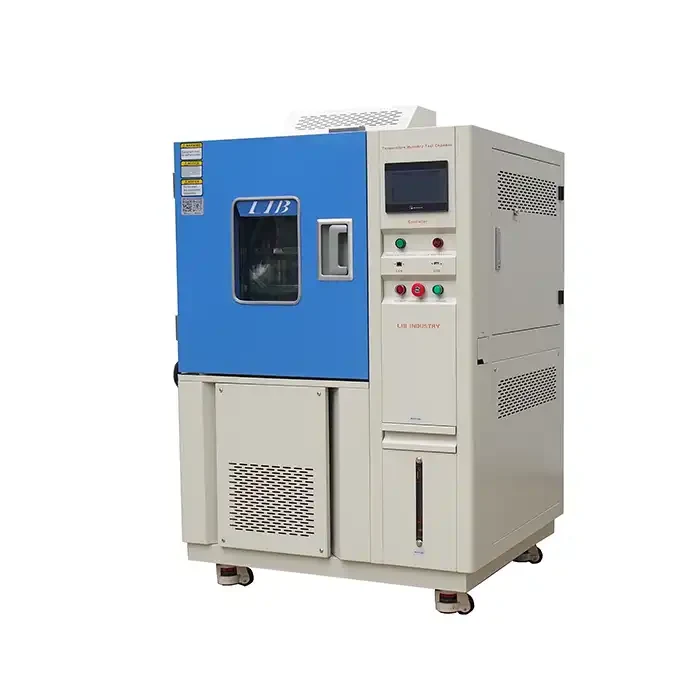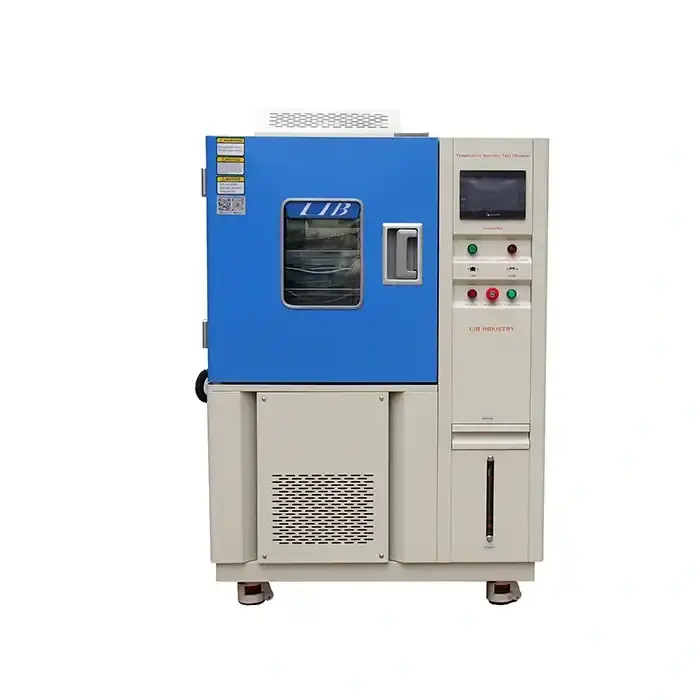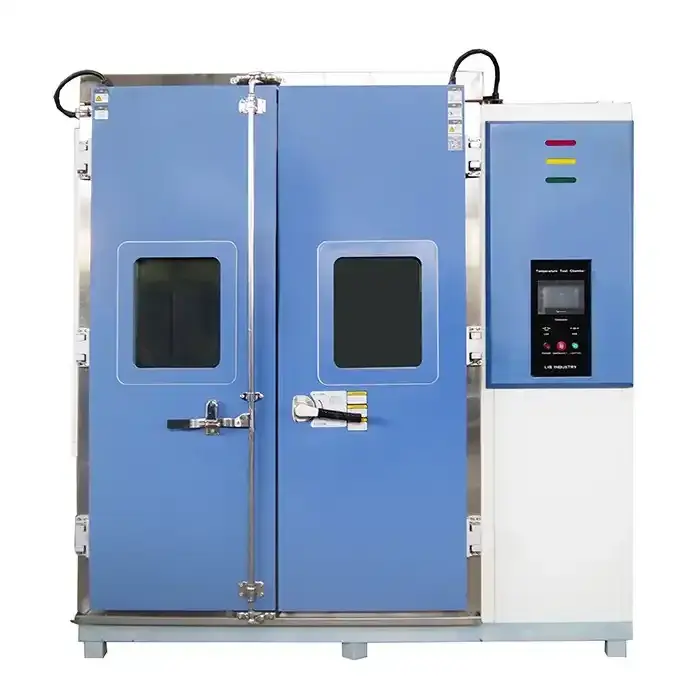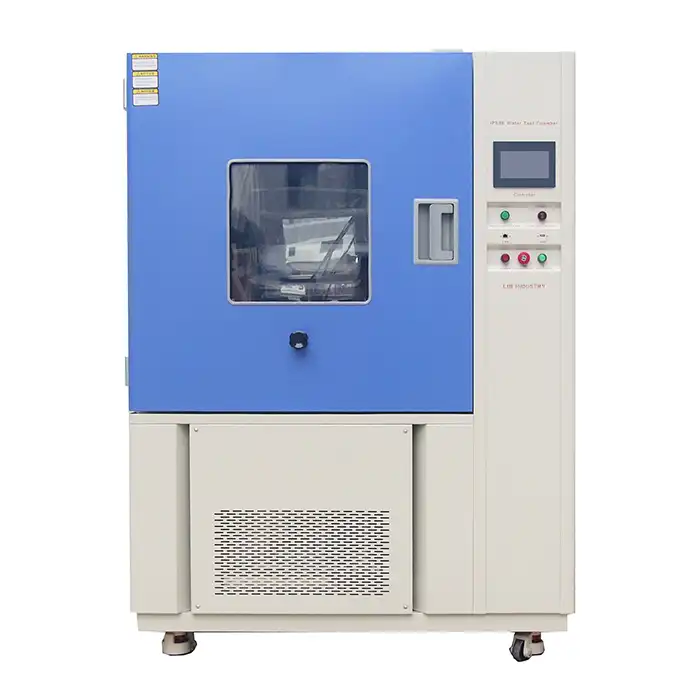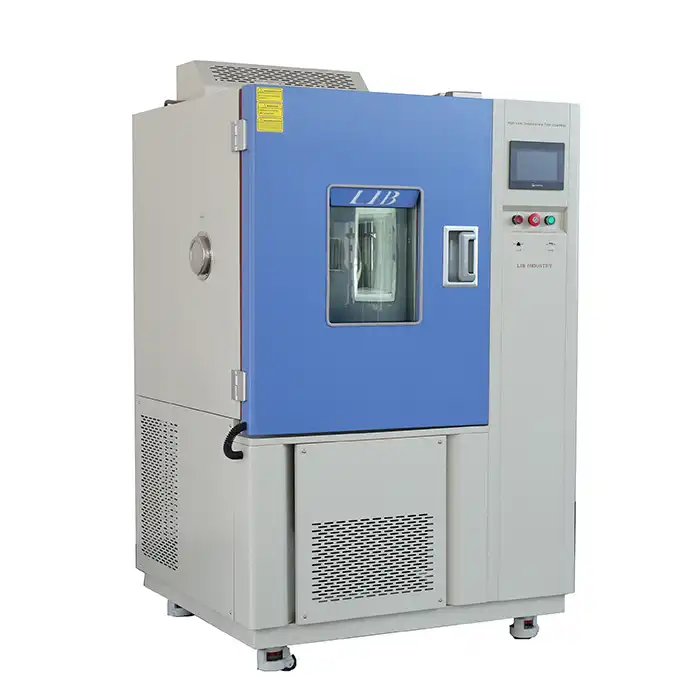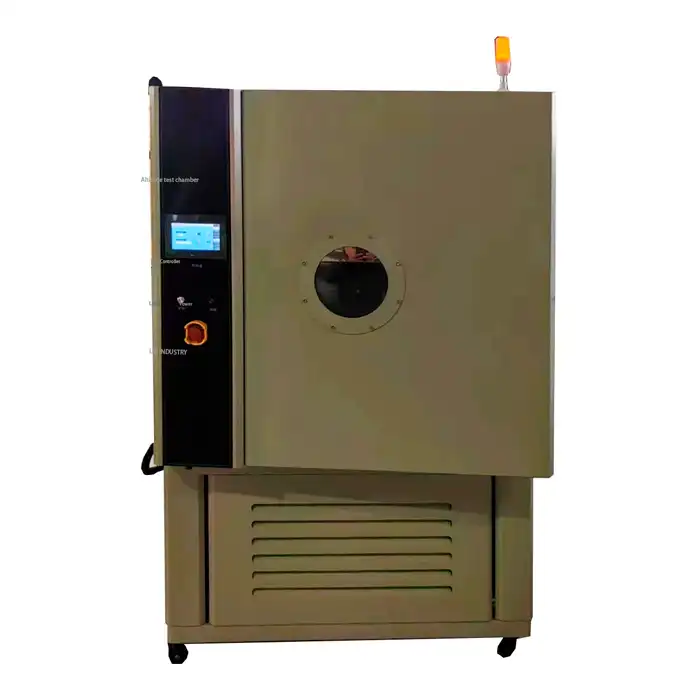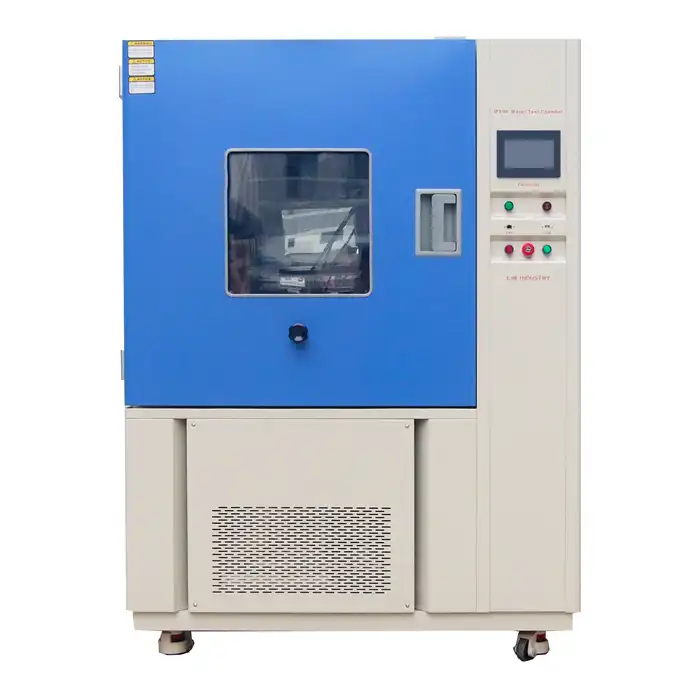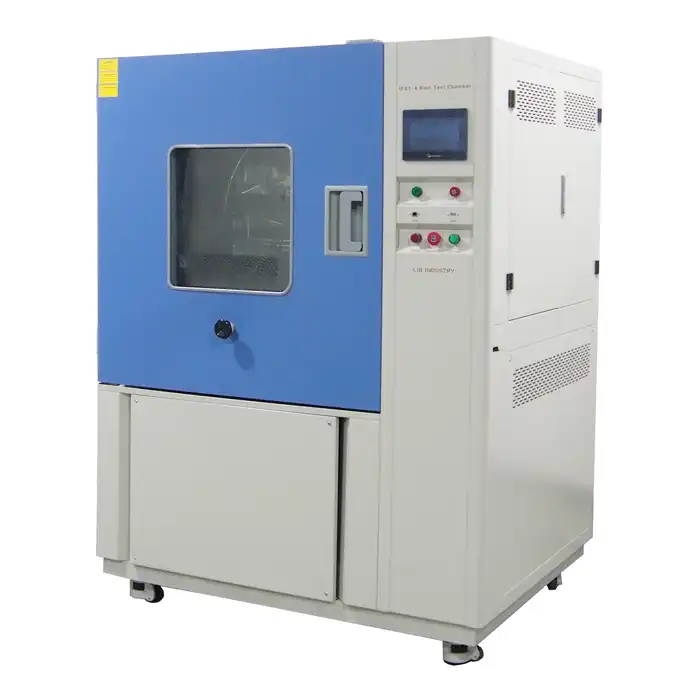What is the cost of cyclic corrosion test chamber?
Cyclic corrosion test chambers are vital tools for assessing how materials withstand environmental stressors, including salt spray, temperature fluctuations, and humidity. These chambers simulate harsh conditions to evaluate the durability and corrosion resistance of various substances, making them indispensable for industries concerned with material longevity and reliability. When contemplating the investment in a cyclic corrosion chamber, it's crucial to have a clear understanding of the associated costs. Factors such as chamber size, advanced features, technology integration, and customization significantly impact the overall price. In this blog, we will thoroughly explore these cost determinants and provide practical insights to help you navigate the purchasing process, ensuring you make a well-informed decision that aligns with your testing requirements and budget constraints.
What Factors Influence the Cost of a Cyclic Corrosion Test Chamber?
Several factors contribute to the cost of a cyclic corrosion chamber, including the size, features, and the level of customization required. Here are the key elements that can affect the pricing:
Size and Capacity
One of the primary factors that determine the cost of a cyclic corrosion chamber is its size and capacity. Chambers come in various sizes, from compact models suitable for small-scale testing to larger units designed for industrial applications. The size you choose will depend on the volume and type of samples you need to test. Larger chambers naturally cost more due to the increased materials and manufacturing processes involved.
Features and Technology
The features and technology integrated into the chamber also play a significant role in determining the cost. Advanced features such as automated controls, programmable testing cycles, and data logging capabilities can add to the overall price. Chambers with higher precision and more sophisticated control systems provide better accuracy and repeatability in test results, making them a worthwhile investment for critical applications.
Customization and Specialized Requirements
If your testing needs are unique, you may need a cyclic corrosion chamber factory to customize your cyclic corrosion chamber. Customization can range from specific size requirements to specialized testing conditions. While standard models are more cost-effective, customized chambers designed to meet particular specifications will be more expensive due to the tailored design and manufacturing processes involved.
What Are the Average Cost Ranges for Cyclic Corrosion Chambers?
Understanding the typical cost ranges can help you budget for your purchase. While prices can vary widely based on the factors mentioned above, here is a general overview of what you can expect:
Entry-Level Chambers
Entry-level cyclic corrosion chambers typically range from $10,000 to $30,000. These models are suitable for basic testing needs and smaller sample sizes. They often come with essential features and manual controls, making them a cost-effective choice for laboratories with limited budgets.
Mid-Range Chambers
Mid-range models, which offer a balance between cost and advanced features, usually fall in the $30,000 to $70,000 range. These chambers often include automated controls, programmable testing cycles, and better temperature and humidity control, providing more reliable and consistent results.
High-End Chambers
High-end cyclic corrosion chambers can cost anywhere from $70,000 to $150,000 or more. These chambers are equipped with the latest technology, including advanced data logging, remote monitoring, and high precision controls. They are designed for high-capacity testing and are ideal for industries requiring stringent testing standards and superior accuracy.
What Additional Costs Should Consider for a Cyclic Corrosion Chamber?
When budgeting for a cyclic corrosion chamber, it's essential to consider additional costs that may arise. These can include installation, maintenance, and potential upgrades.
Installation and Commissioning
The installation and commissioning of a cyclic corrosion chamber may incur additional costs, especially for larger and more complex units. Professional installation ensures the chamber operates correctly and safely, providing accurate test results from the start.
Maintenance and Calibration
Regular maintenance and calibration are crucial to keep the chamber in optimal condition and ensure accurate results. Maintenance costs can vary based on the complexity of the chamber and the frequency of use. Investing in a service contract can help manage these expenses and extend the lifespan of your chamber.
Upgrades and Accessories
Over time, you may need to upgrade your chamber or purchase additional accessories to meet evolving testing requirements. Budgeting for potential upgrades, such as enhanced control systems or additional testing capabilities, can help you stay ahead of technological advancements and industry standards.
Conclusion
Investing in a cyclic corrosion test chamber is a crucial decision that involves careful consideration of several cost factors. The size of the chamber, its advanced features, the degree of customization required, and any additional expenses such as installation and maintenance all play a role in determining the overall cost. By thoroughly understanding these elements, you can make a well-informed decision that meets both your specific testing requirements and budgetary constraints. Although the initial investment may appear significant, the long-term benefits are substantial. Reliable and precise testing offered by a high-quality cyclic corrosion chamber provides invaluable insights into the durability and performance of materials. This investment ensures that your materials can withstand real-world conditions, ultimately contributing to product reliability and longevity.
For more information or to discuss your specific requirements, feel free to contact us at info@libtestchamber.com.
References
1. ASTM International. (2020). Standard Guide for Corrosion Testing of Materials. ASTM G85-20.
2. ISO. (2021). ISO 9227:2017 – Corrosion tests in artificial atmospheres – Salt spray tests. International Organization for Standardization.
3. NACE International. (2022). Corrosion Testing: Methods and Procedures. NACE International.
4. Baker, A. (2018). Understanding Cyclic Corrosion Testing: Methods and Applications. Materials Performance, 57(7), 22-30.
5. Schreiber, D. (2019). The Cost Implications of Corrosion Testing Chambers: A Comprehensive Overview. Journal of Corrosion Science, 15(3), 45-58.
6. Ahrens, S. (2020). Factors Affecting the Pricing of Corrosion Test Chambers. Testing & Calibration News, 28(4), 12-18.
7. Smith, R. & Jones, T. (2021). Advanced Features in Cyclic Corrosion Chambers and Their Impact on Cost. International Journal of Testing Technologies, 33(1), 67-78.
8. Johnson, L. (2022). Customization in Corrosion Testing: What to Expect and How It Affects Cost. Environmental Testing & Analysis, 47(2), 30-40.
9. Kumar, P. (2023). Budgeting for Corrosion Testing Chambers: Additional Costs and Considerations. Laboratory Equipment Review, 29(6), 50-59.
10. Zhang, W. (2024). The Role of Maintenance in the Longevity of Corrosion Test Chambers. Corrosion Technology Journal, 20(1), 15-25.



